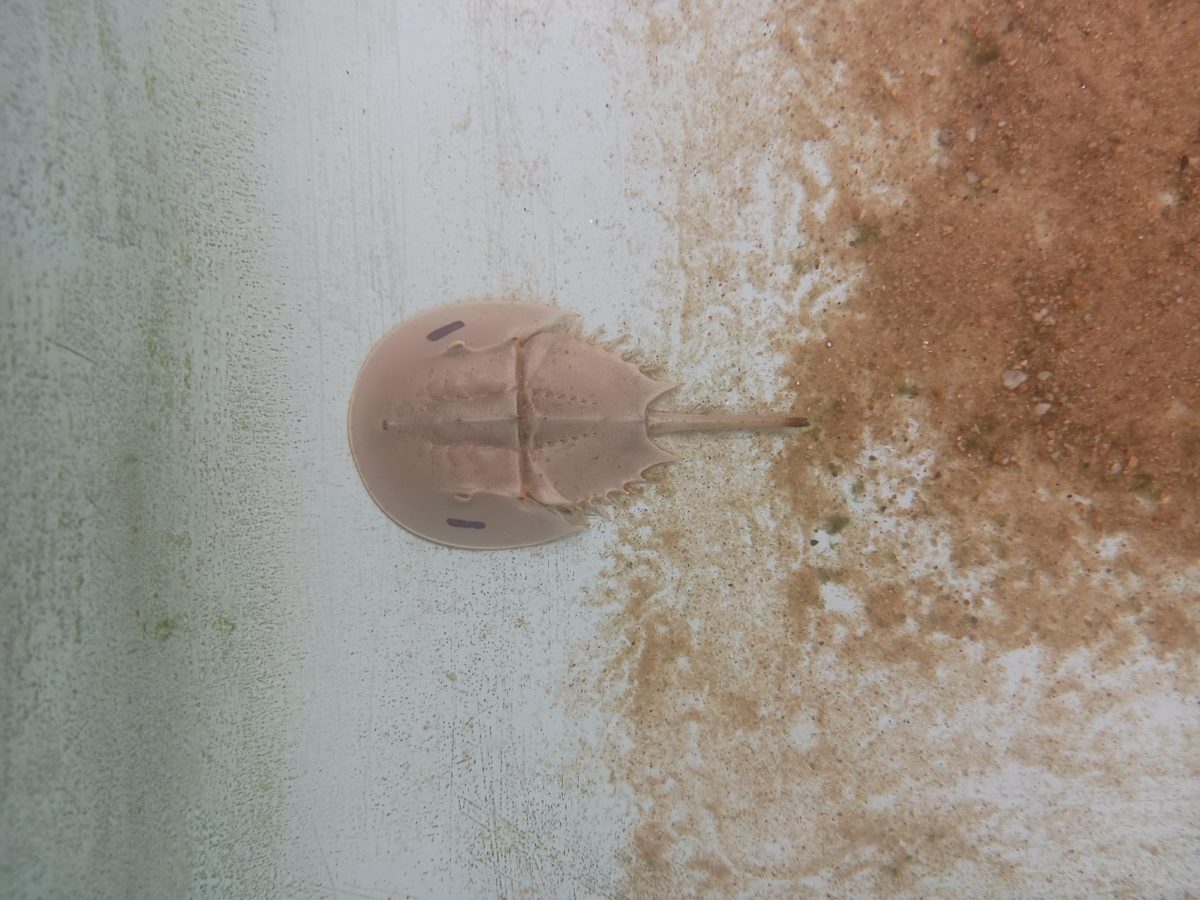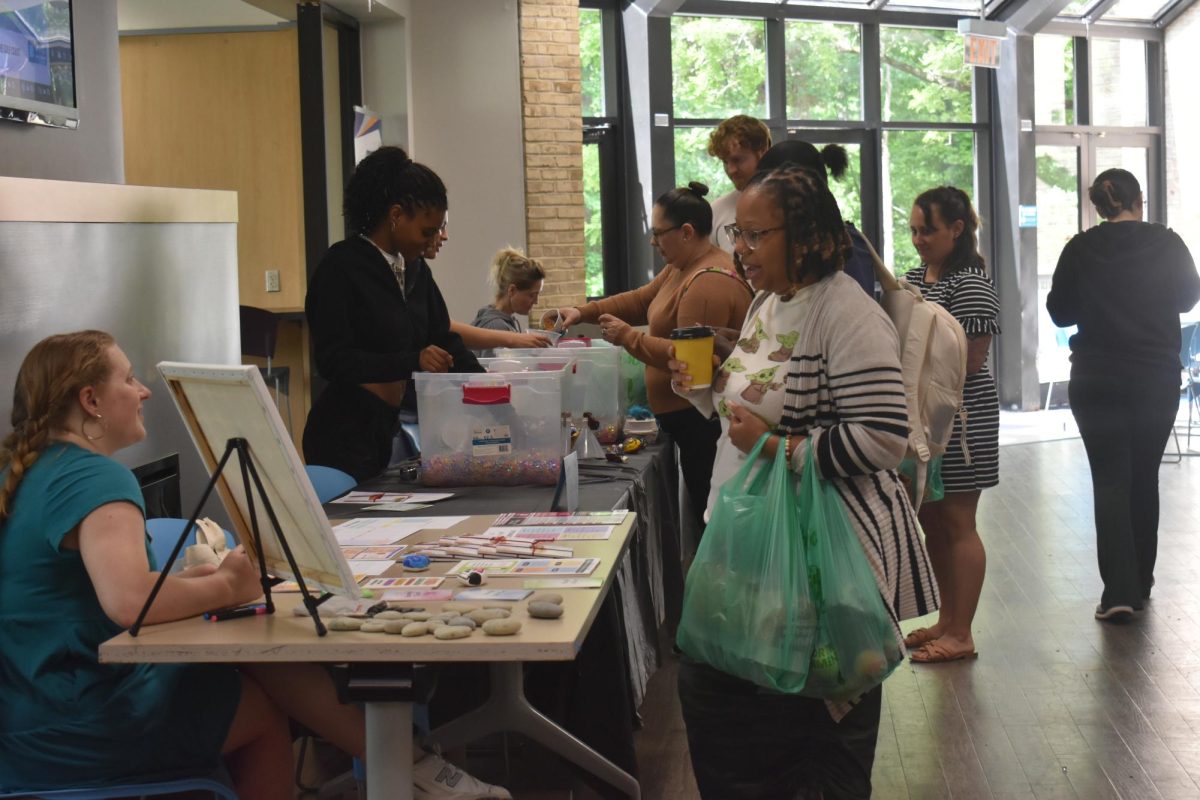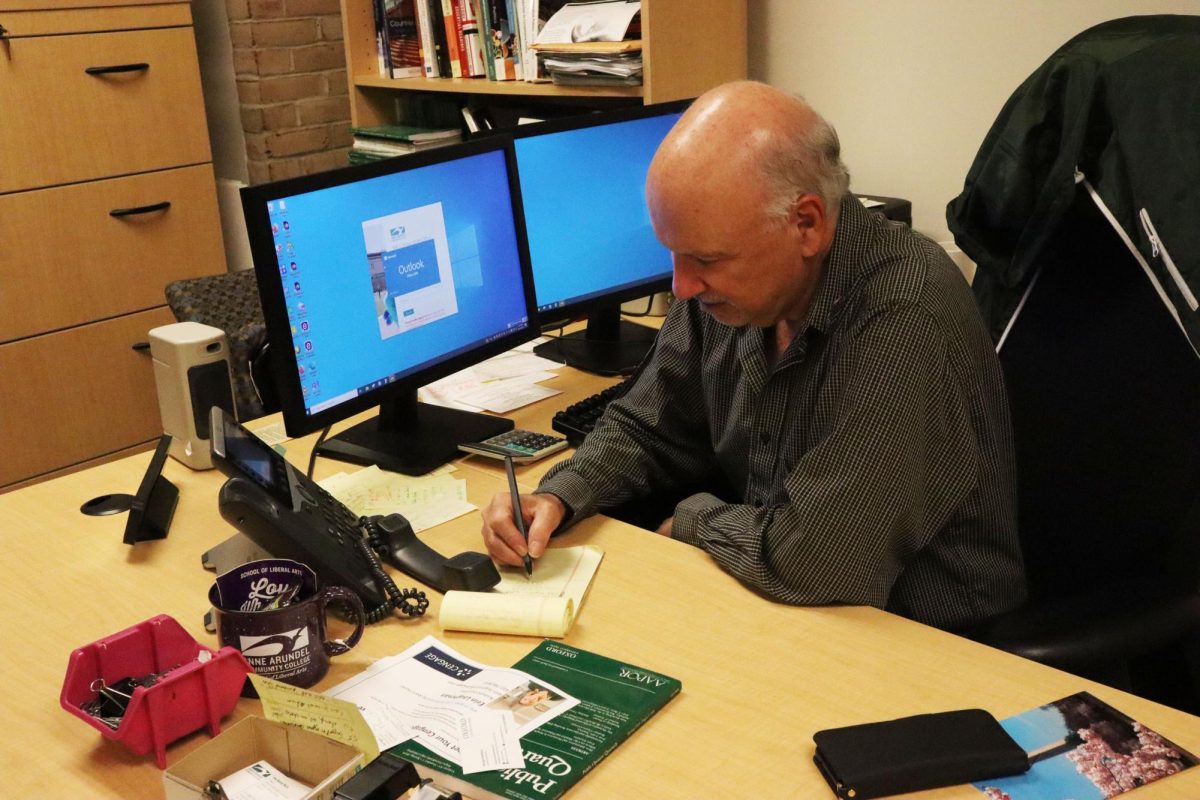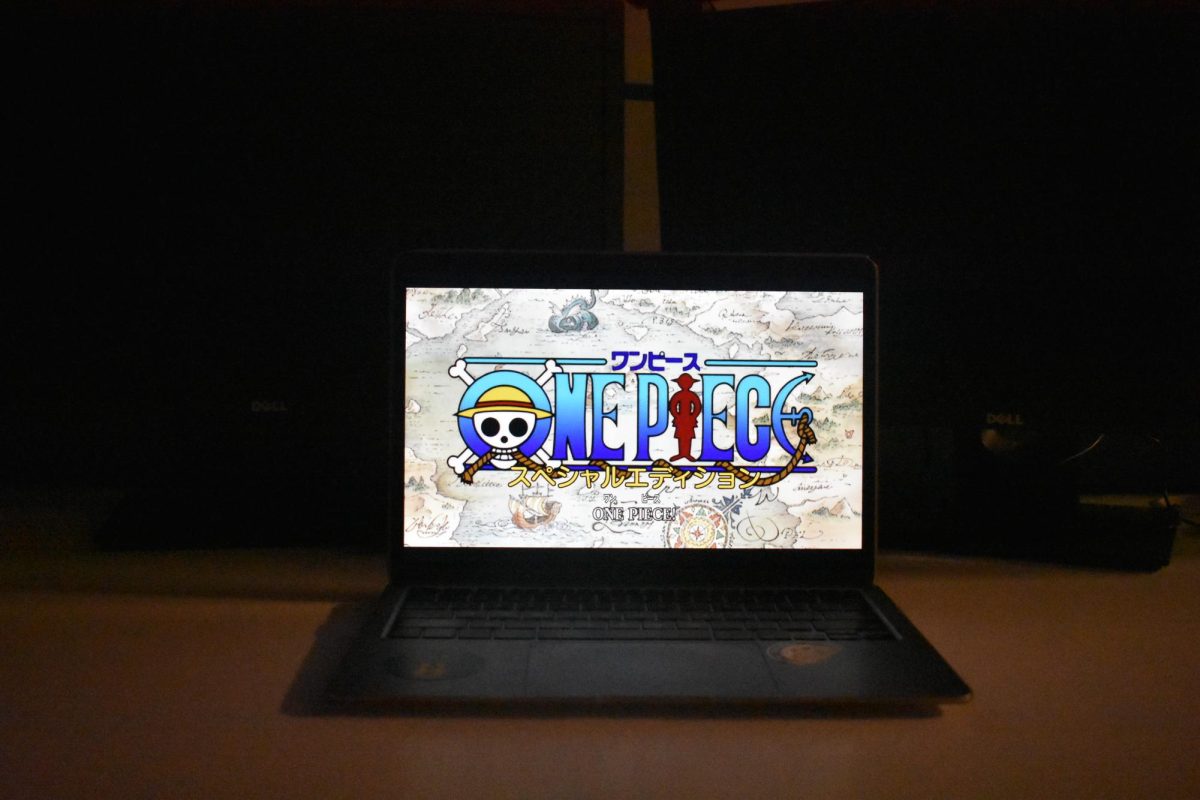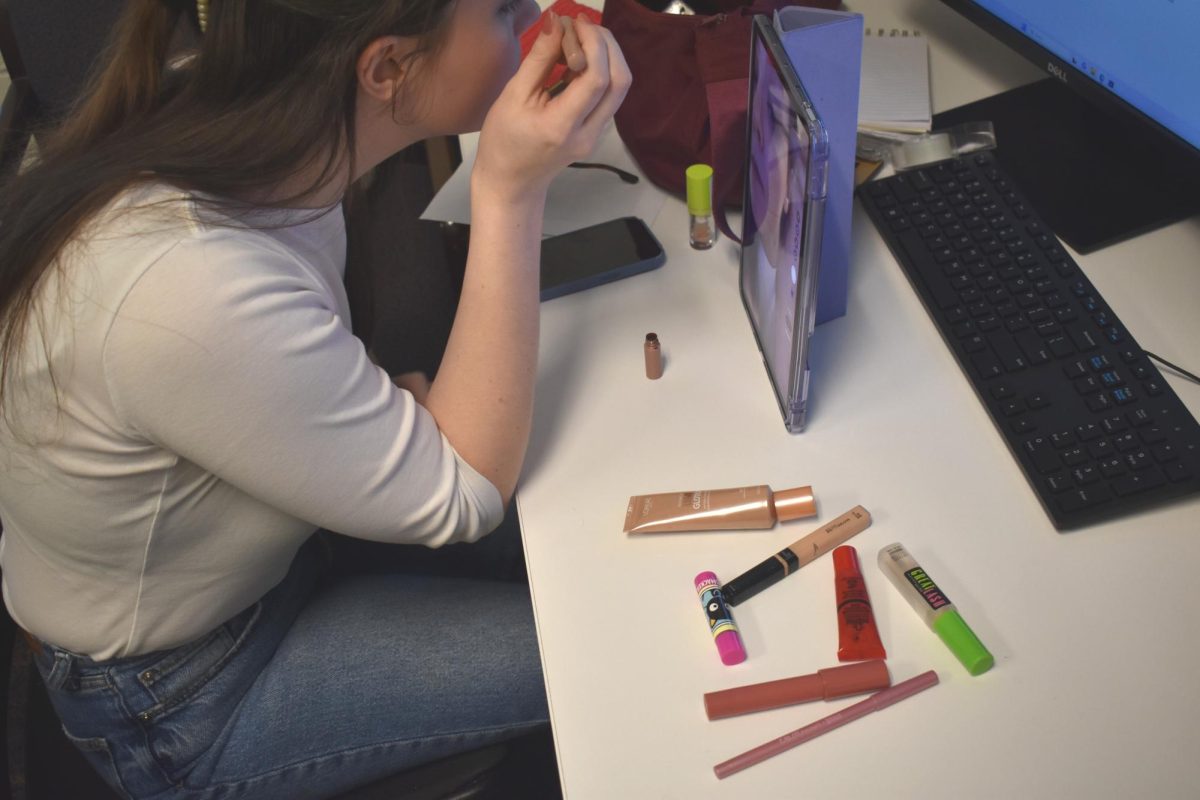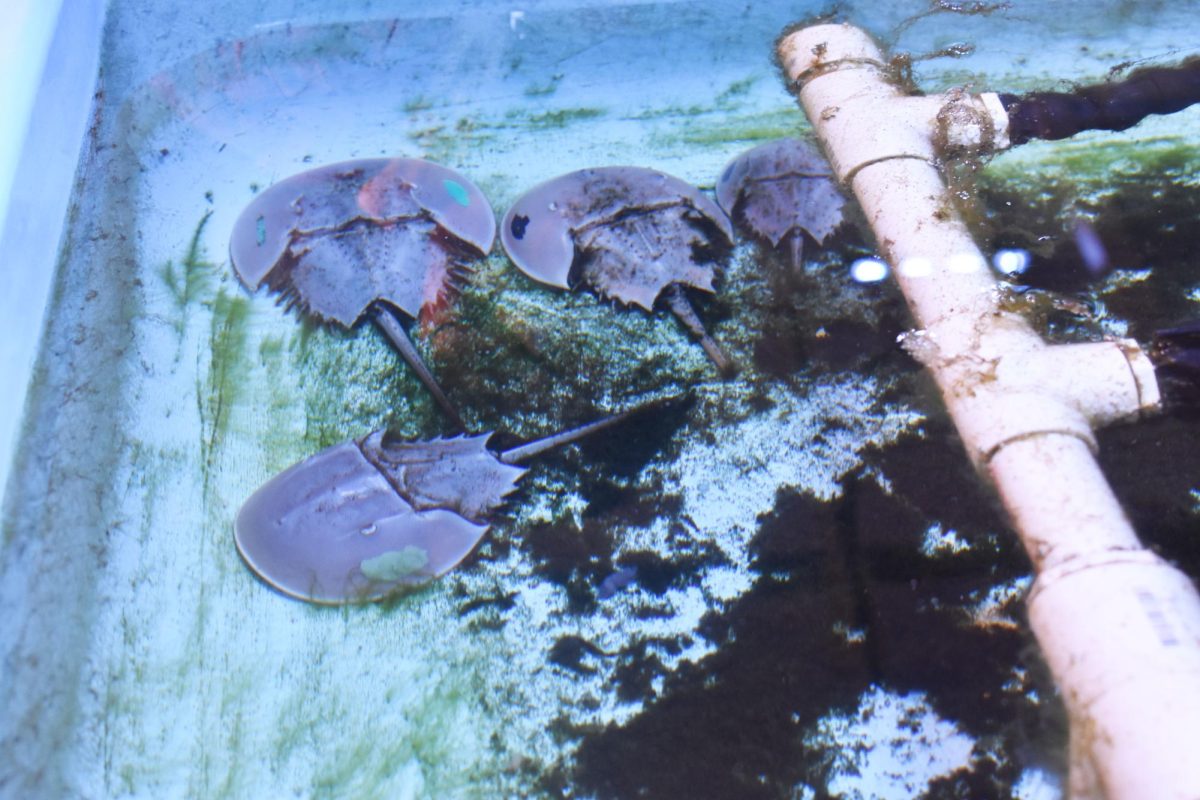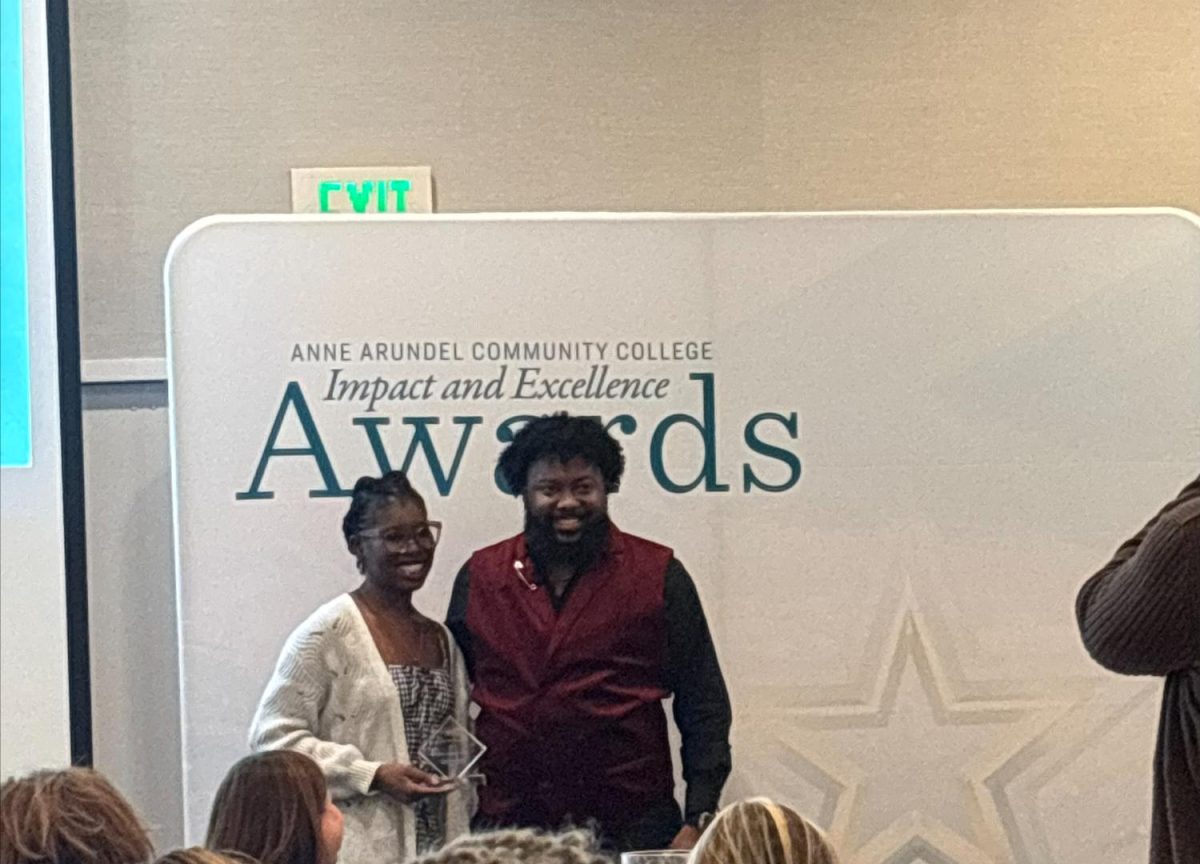Students who want to conduct undergraduate science research can study horseshoe crabs in two labs in the Health and Life Sciences Building.
Students are able to create their own research projects and write scientific papers on horseshoe crabs in the “aquaculture labs,” which opened in 2022.
“It’s a really good opportunity to understand how science works,” Maggie Nester, an AACC graduate who still participates in research, said.
The labs house nine juvenile horseshoe crabs. Dynasty Marine Associates, in Marathon, Florida, supplied all of the specimens, even though they are native to Maryland, according to biology professor Tammy Domanski.
Domanski said the college does not have a permit to collect horseshoe crabs but can care for them and use them for research.
Students who use the aquaculture labs assess how horseshoe crabs respond to disruptions in their habitats, how toxins affect their health and how they respond to different food sources in a controlled setting.
According to Domanski, previous AACC research on horseshoe crabs focused on surveying them “in their natural habitat.”
“The aquaculture [lab] is a way for us to have horseshoe crabs in-house,” Domanski said. “Having the aquaculture facility allows us to study them in real-time. … We have them 24/7.”
Nester said she studied the effect that microplastics—tiny particles of trash that pollute bays and oceans—have on horseshoe crabs.
“They’re bottom feeders,” Nester said. “It was hard to find plastic that would work for the experiment [because] a lot of plastic floats.”
Nester said she would recommend the program to other students.
“It’s very hard to find undergraduate research opportunities,” Nester, who published her research in the Journal of Emerging Scholarship, said. “If you have the opportunity, grab at it.”



